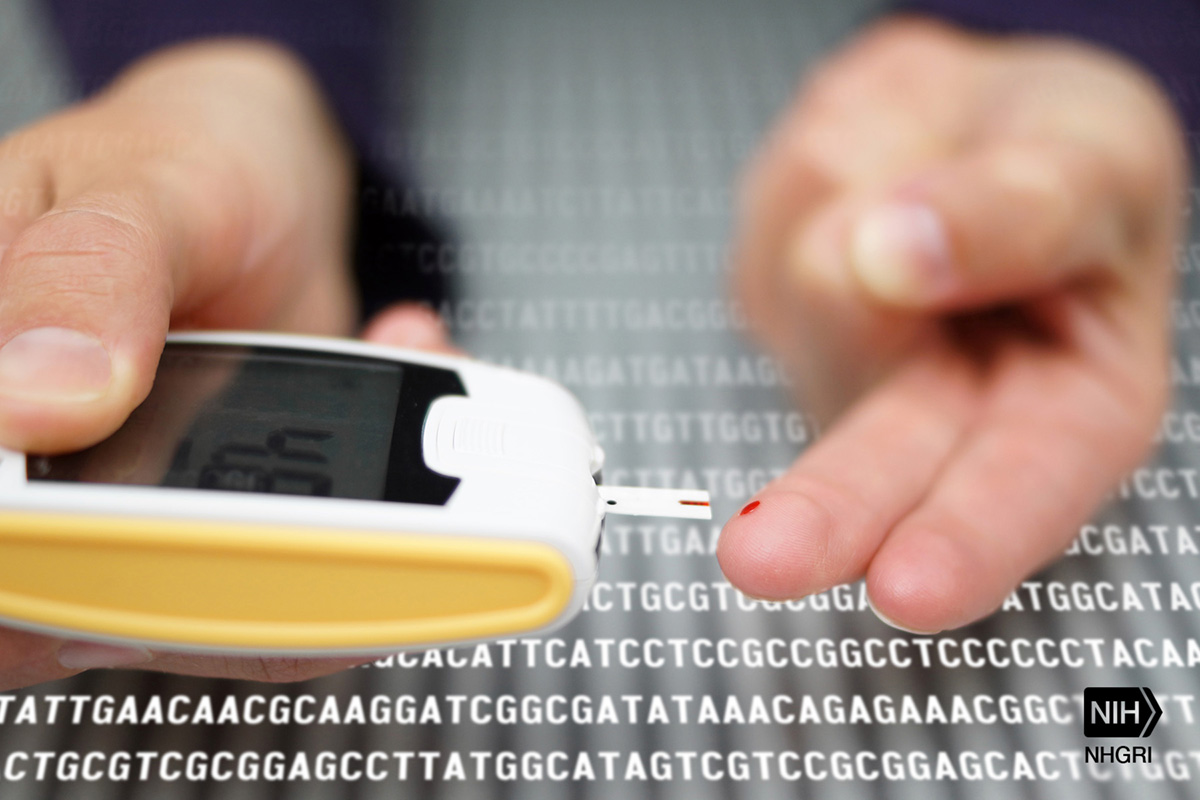
Hyperglycemia, or high blood sugar (glucose) is a serious condition that occurs in people with diabetes when there is an excess glucose present in the blood. It occurs when the body doesn’t produce enough insulin or can’t use insulin properly. There are two types of hyperglycemia:Fasting hyperglycemia - blood sugar exceeds 90-130 mg/dL after fasting for 8 hours and more. Postprandial (after-meal) hyperglycemia – blood sugar is above 180 mg/dL.
Blood sugar levels in people with diabetes after a meal usually remain within the range of 140 mg/dL. However, postprandial hyperglycemia can sometimes occur in diabetics after a heavy meal and sugar level reaches 180 mg/dL. Generally, increased glucose level after a meal represents increased risk for developing type 2 diabetes.
Hyperglycemia that occurs frequently or lasts for longer periods of time in people affected by diabetes may lead to damage to the nerves, blood vessels and body organs. Additionally, in people with type 1 diabetes, hyperglycemia can cause ketoacidosis while in people suffering from type 2 diabetes it can lead to hyperglycemic hyperosmolar nonketotic syndrome (HHNS).
Causes of HyperglycemiaDiabetics may develop hyperglycemia if do not take enough insulin or consume too many carbohydrates comparing to amount of taken insulin. Hyperglycemia may also result from excess calories due to eating more than planned or exercising less than planned. Infection or illness such as cold and flu can lead to hyperglycemia in diabetics too. Stressful situations can elevate blood glucose levels. Finally, decreased physical activity as well as strenuous exercising can cause hyperglycemia in diabetes.
Symptoms of HyperglycemiaYou have to learn to recognize signs and symptoms of hyperglycemia in diabetes in order to get adequate treatment and prevent further complications of the condition. Initially, hyperglycemia in diabetes leads to unusual thirst and frequent urination. Headaches, weakness and tiredness can result from hyperglycemia. Other early signs include difficulty concentrating, blurred vision and weight loss. Later signs and symptoms due to prolonged high glucose levels in diabetes include infections of the skin and poor wound healing. Vision can be decreased and abdominal pain present as well. Sufferer may experience chronic constipation or diarrhea. Latsly, hair loss on the lower extremities, painful cold or numb feet and impotence may occur due to nerve damage.
Treatment for HyperglycemiaPeople with diabetes need to frequently monitor their blood glucose levels. If hyperglycemia develops, a health care provider may recommend increased intake of water, which can help to eliminate excess sugar from the urine and prevent dehydration. Exercise can also help to decrease blood glucose level. However, people with type 1 diabetes with ketones in the urine must not exercise as well as people with type 2 diabetes with blood glucose above 300 mg/dL. Dietary changes have to be made to treat hyperglycemia too. A doctor may also adjust amount and type of diabetes medications.


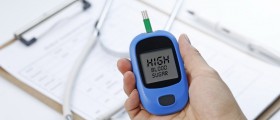

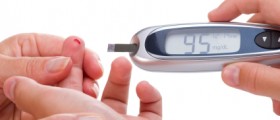
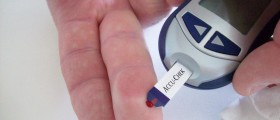
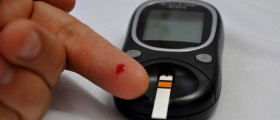



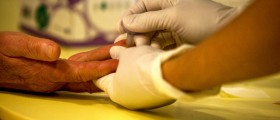
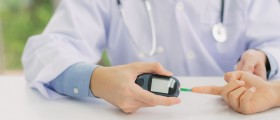


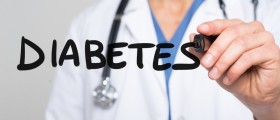
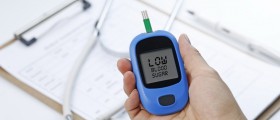
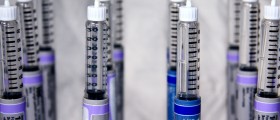
Your thoughts on this
Loading...